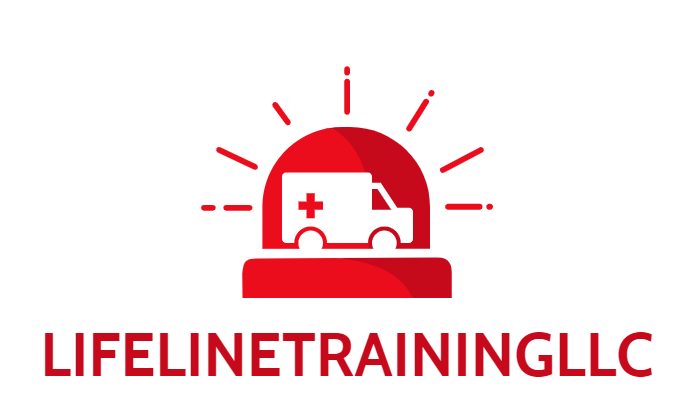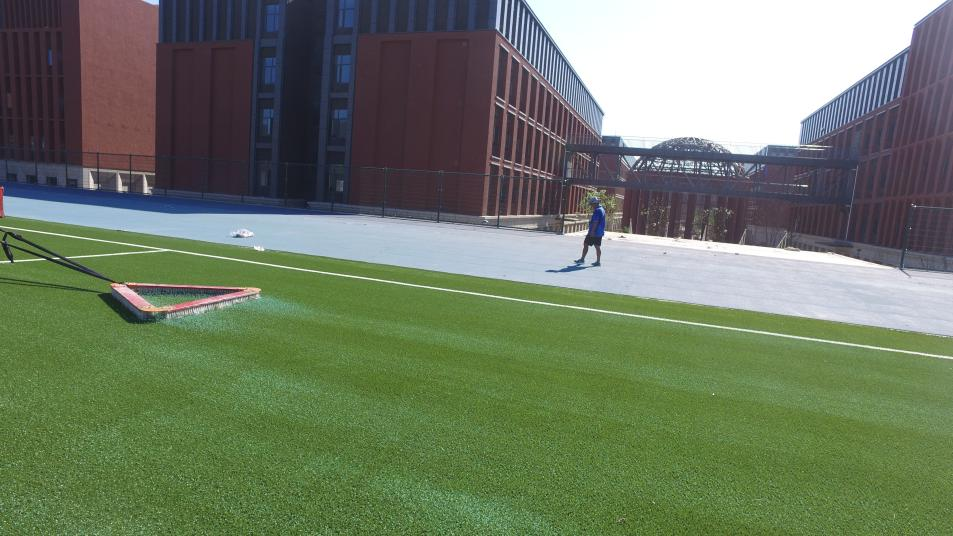You can install artificial turf on bare land, concrete, or natural grass. You may need some assistance or hire an engineering team for the perfect installation of artificial turf. Some installation tools are also required to fulfill this process. A complete guide for the installation of the artificial grass is given below:
How is the turf installed over natural grass?
Remove the natural grass and top layer of the soil:
The first step that is necessary before the installation of artificial turf is the removal of all the natural grass. There should be no unnecessary weeds in the area. Secondly, remove the top layer of the soil to about three to four inches. Now, use a compactor to compact the irregular surface of the ground.
Construct the base:
Use the small stones to lay a strong base for your artificial turf. Add a 10 to 15-mm thick layer of sand over the stones. Supply water to the base for the compaction of the sand and rocks. You can also use concrete, bricks, steel, or plastic boards as the base material.
Weed barrier installation:
A layer of the weed barrier on the compacted base is necessary to prevent weed growth.
High-level compaction:
High-level compaction is necessary to ensure a stable and even surface. If you spot any irregular area, make sure to even it. The installation process on a large surface area, i.e., stadiums or farmhouses, requires compactor machines to achieve high-level compaction.

Placement of padding and artificial grass:
The padding material comes with artificial grass. Cover every inch of the surface with the padding material. It makes the grass soft and comfortable. Then, roll down a layer of synthetic turf on the padding. Artificial turfs are available in different forms according to your need. Artificial turf rolls are handy and are secured with nails and adhesives. Artificial turf is also available in the form of tiles. Turf tiles are installed in small areas.
Cut unnecessary edges:
Trim the edges of the artificial grass if they exceed the borders of your turf base.
Secure the turf:
Use the nails and screws to secure the turf in its place. Turf tiles are easy to connect because of their interlocking system. Turf rolls are secured to their padding and the base, with the help of screws. Hammer the screws carefully without making dips in the grass.
Use turf infills:
Turf infills are used to give a soft, lush, and fluffy appearance to the grass. It uplifts the grass blades and gives them a natural look.
Use a broom to brush the grass:
Finally, you can use a broom to brush the grass blades. Using the broom will remove the compressed appearance of the grass blades due to rolling.
Turf installation over the concrete:
Installation of the artificial grass over the concrete is almost the same as that over the natural grass. Its advantage is that there is no need to construct a base as the concrete itself acts as a base. Secure the padding and the turf roll over the concrete and enjoy your beautiful, low-maintenance turf.


